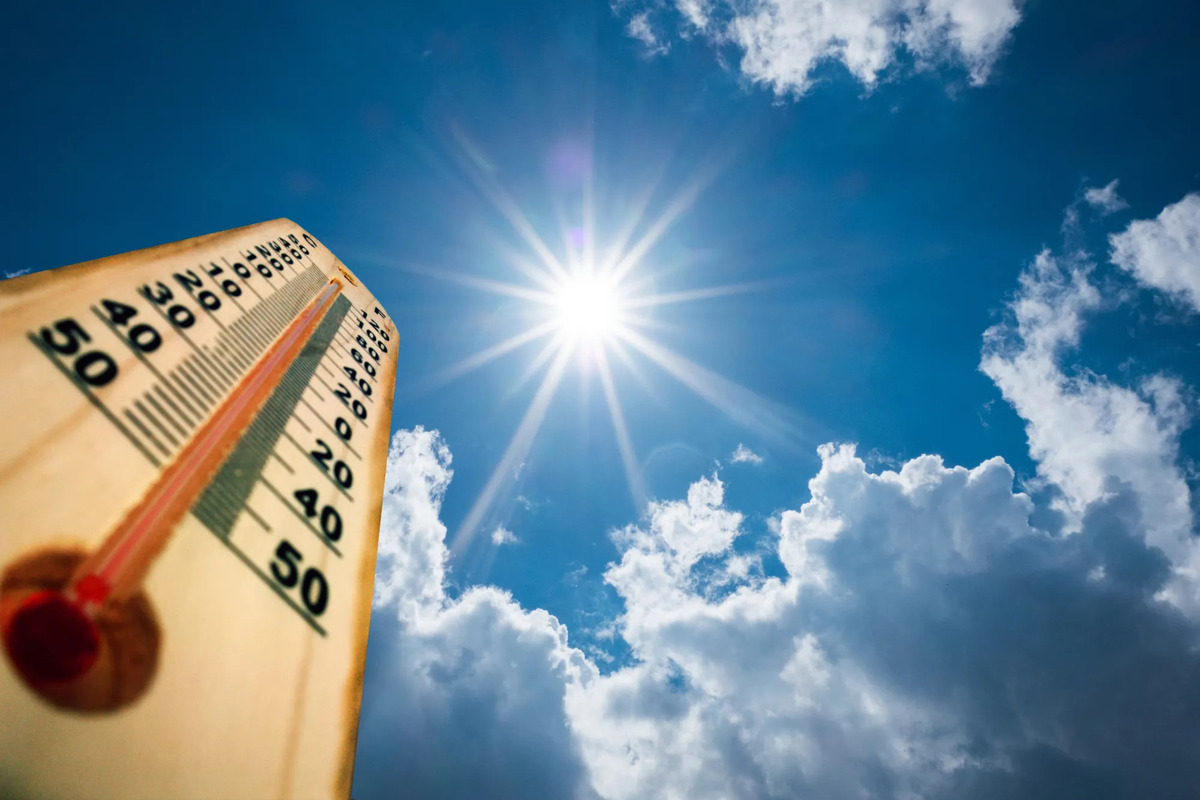Home>Weather and Climate>How Time of Day Affects Temperature Variations


Weather and Climate
How Time of Day Affects Temperature Variations
Published: November 29, 2024
Explore the intricate connection between weather and climate by comparing time and temperature in this insightful guide. Gain a deeper understanding of the relationship.
(Many of the links in this article redirect to a specific reviewed product. Your purchase of these products through affiliate links helps to generate commission for Temperatures.com, at no extra cost. Learn more)
So, let's dive into how time and temperature are intertwined, shall we? I've always been fascinated by how these two elements play off each other. For starters, time dictates the rhythm of our planet's temperature. Think about it. As Earth rotates, different parts face the sun, experiencing warmth. Conversely, when turned away, cooler temperatures prevail.
Now, seasons add another layer to this relationship. Due to Earth's tilt, seasons change, influencing temperature over months. Summer brings longer days, more sunlight, and, naturally, higher temperatures. Winter, on the other hand, means shorter days and less direct sunlight, leading to cooler conditions.
But here's where it gets even more interesting. Climate change is altering this delicate balance. Human activities have increased greenhouse gases, trapping more heat. This shift means warmer temperatures, disrupted weather patterns, and more extreme conditions.
Understanding the dance between time and temperature isn't just academic. It's crucial for predicting weather, preparing for climate impacts, and appreciating the natural world's rhythms. So next time you check the weather, remember, you're seeing the result of an intricate ballet, choreographed by the forces of time and temperature.
















